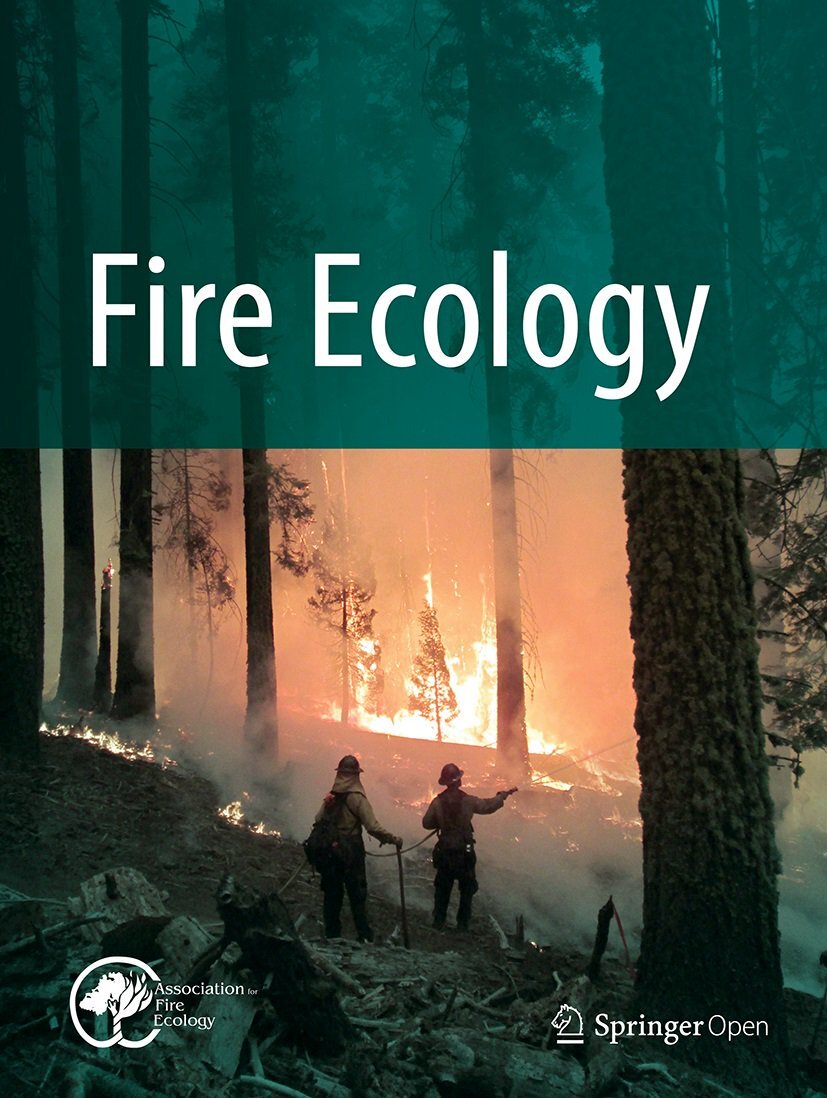10 Things to consider before partnering with a Tribe or Indigenous Community
Indigenous peoples have stewarded the land and used fire on landscapes around the world since time immemorial and are active stewards of the land today. This page provides several resources for learning more about cultural fire and how to develop respectful and equitable relationships with Indigenous fire practitioners, researchers, and tribal communities.
A list of general resources can be found below. Scroll down the page to see newly added resources, as well as some principles for respectful engagement and working with Indigenous communities. The principles were adapted from a webinar by Dr. Frank K. Lake titled “Cultural Burning and Collaborative Fire Research and Management: Approaches for Respectfully Partnering with Tribes.”
New Resources
New Resource 1
New Resource 2
New Resource 3
Respectful Engagement
1. Consider whether the project would be mutually Beneficial
2. Connect with Other groups that can help practitioners and researchers think through these topics
3. Learn about the community, Tribal Sovereignty, history, and ancestral and contemporary lands in the region before attempting to initiate respectful knowledge sharing and mutually beneficial research projects
Learn about the Tribes in your area, including federally unrecognized Tribes. Dig deep, ask - if you have contact with local Tribes. Learn about Tribal and Indigenous histories and extents, cultural values of the geography, sovereignty, customs, terminology, and more.
Resources
-
-
1491: New Revelations of the Americas Before Columbus
1493: Uncovering the New World Columbus Created
A Paradise Built in Hell: The Extraordinary Communities That Arise in Disaster
An Indigenous Peoples' History of the United States (ReVisioning History)
Forgotten fires: Native Americans and the transient wilderness
-
-
-
-
-
-
Fire effects on heritage and cultural resources
4. Learn about the cultural history of the Plant or Animal you are interested in studying and learn about other related characteristics of the landscape, water quality, climate (change), energy access, and more.
Understand the ethnobotanical context and cultural history of the plant or animal species you are interested in studying.
5. Understand that cultural fire regimes are sacred and purposeful, understand fire effects on Tribal and Indigenous heritage and cultural resources, and understand that this will differ across geographies.
Resources
Traditional ecological knowledge
6. Understand that cultural fire regimes are sacred and purposeful, understand fire effects on Tribal and Indigenous heritage and cultural resources, and understand that this will differ across geographies.
Indigenous peoples have stewarded the land and used fire on landscapes around the world since time immemorial and are active stewards of the land today. Understand that fire is a medicine and a spiritual obligation. Learn about fire-dependent ecosystems and fire-dependent cultures.
7. Ensure that the scale and metrics of the research reflect community needs and priorities and that community values are aligned with landscape restoration, climate change, and wildland fire research and management strategies.
Go beyond your questions and learn about the researchable questions of Indigenous communities. Leverage institutional funding and privileges to answer these questions in a way that centers Tribal needs, priorities, and community values. Reach out to Tribal natural resources departments. Engage with Tribes early in funding processes.
Resources
-
-
Centering Indigenous Voices: The Role of Fire in the Boreal Forest of North America
Contributions of Indigenous Knowledge to ecological and evolutionary understanding
Cultural Burning (Elements in Current Archaeological Tools and Techniques)
Integration of Traditional and Western knowledge in forest landscape restoration
It’s taken thousands of years, but Western science is finally catching up to Traditional Knowledge
The Politics of Fire and the Social Impacts of Fire Exclusion on the Klamath
-
-
-
-
-
-
Afire: Understanding Fire Differently
AGU Third Pod from the Sun: Bringing fire back to the land
Fire Ecology Chats: Incorporating Traditional Knowledge into Fuels Treatments with Monique Wynecoop
Managing Wildfires Using A Centuries-Old Indigenous Practice
NatGeo Overheard: This Indigenous practice fights fire with fire
-
-
Best Practices for Engaging Tribal Nations and Indigenous Peoples Surrounding Indigenous Knowledges
Case Studies of Successful IK Engagement
Tribal Policies around Indigenous Knowledges
Tribes and Fire: Rebuilding Connections with Communities, Fire, and the Land
Understanding the New White House Guidance on Indigenous Knowledges
-
Collaborative Fire Research and Management
8. Integrate differing knowledge systems and methodologies respectfully and with expressed consent, and make a data sharing agreement to ensure data sovereignty will be honored.
Establish clear guidelines for how Tribal and Indigenous input, participation, oversight, and review will be centered when it comes to research methods, analysis, how results will be shared, and more. Agreements around information and data sharing should be formalized early on in the collaboration.
9. Ground respectful engagement in co-creation, co-development, and co-production.
10. Create the best available science with Tribes and Indigenous communities while working towards the decolonization of wildland fire research.
Resources
-
-
-
-
-
-
-
A Primer on Tribal Forest Protection Act and 638 Authority
Best Practices for Engaging Tribal Nations and Indigenous Peoples Surrounding Indigenous Knowledges
Case Studies of Successful IK Engagement
Partnering with Fire – Learning from Tribal Nations and Indigenous Practices
Tribes and Fire: Rebuilding Connections with Communities, Fire, and the Land
-

